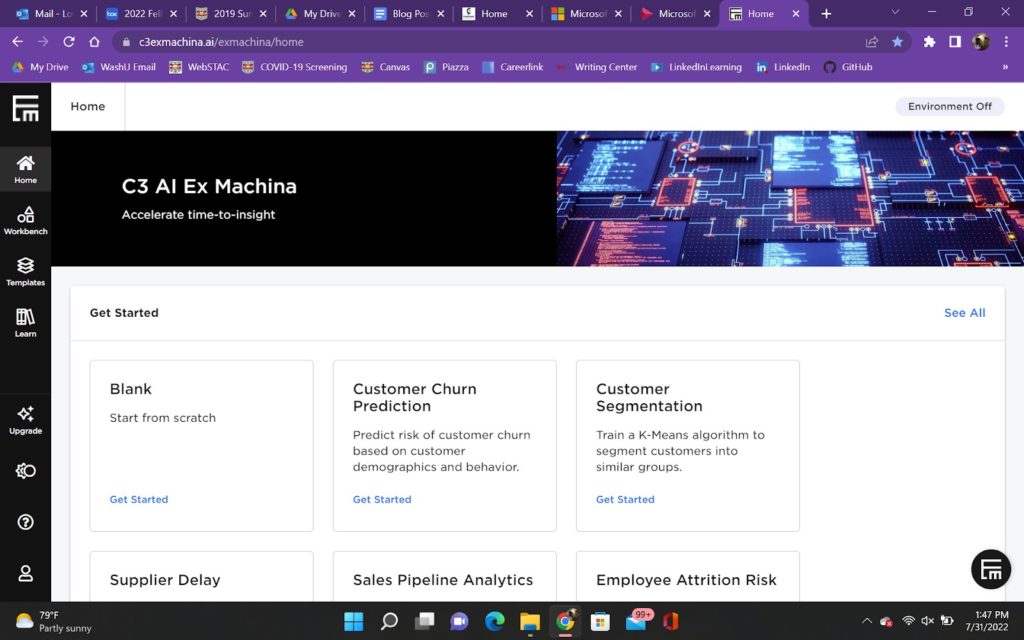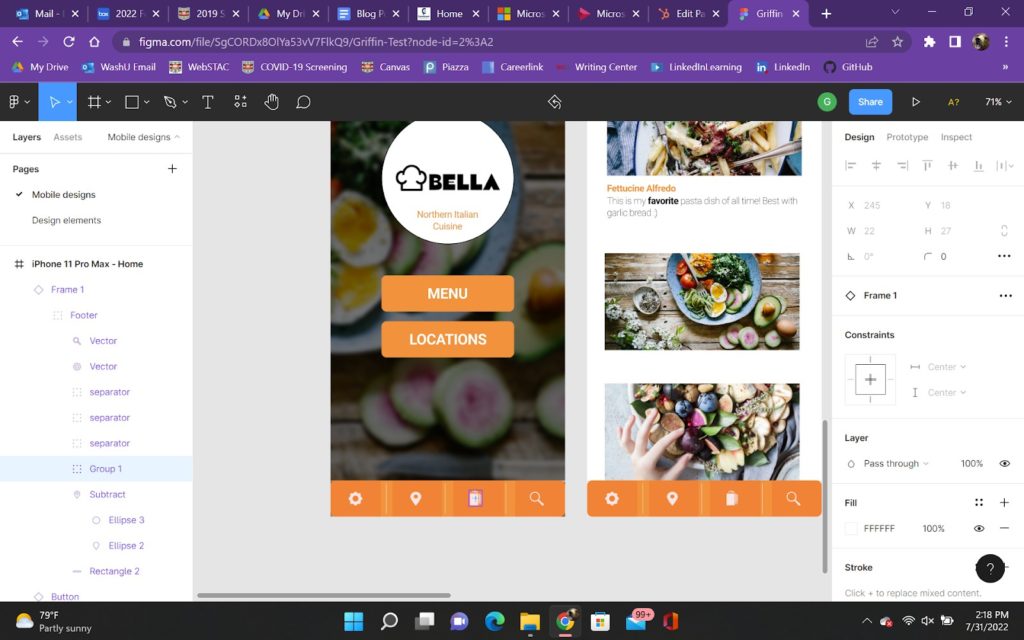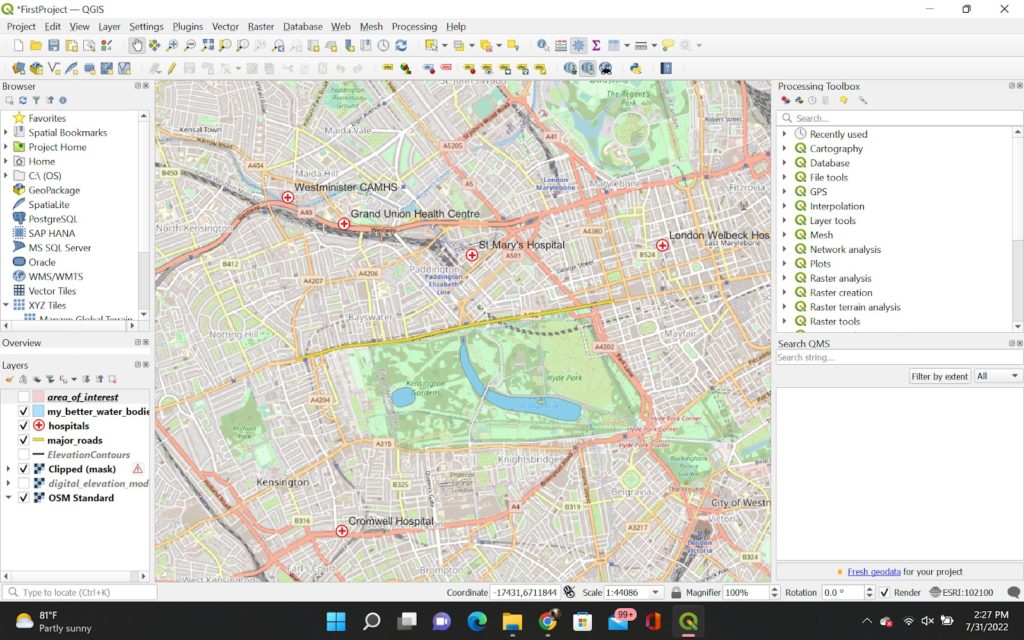
My name is Griffin Lovato, a Data Science and Political Science double major graduating in 2025. When I participated in the Skandalaris Fellowship this summer, I worked with Constituent Connection, a St. Louis startup founded during the pandemic in 2021. Constituent Connection works with Democratic political candidates across the state of Missouri to complete a variety of tasks, including targeted advertising, volunteer support, and data engineering/wrangling. By the 2024 election cycle, Constituent Connection hopes to expand to assist candidates nationwide.

As a Client Onboarding and Services intern, I was able to learn many different programs and practices for engaging clients, mapping targets, handling datasets, building websites, and graphic design–all while being able to work fully asynchronously. For most of the fellowship, I was working on the application C3 AI Ex Machina, a complex program that uses module-based SQL nodes and Auto Machine Learning to produce insights–data that can be used to “predict” future business decisions. I utilized C3 to create, filter, and generate datasets for implementation. I also used the power of C3’s AutoML nodes to implement AI-generated models of various subjects.
I also had the opportunity to make many contributions to the website design of Constituent Connection. To accomplish this, I learned how to use HubSpot, a CRM (Customer Relationship Management) company that we used at Constituent Connection to manage contacts, communicate with clients, and onboard new campaigns. I didn’t have any experience with web development before starting at Constituent Connection, so HubSpot’s no-code web design platform was very helpful for me to learn the basics. I also created some more complex elements on the site, such as implementing the Chabot service, connecting it to Slack (our in-house messaging service), and writing up support documentation for how to work our texting app.

Speaking of their app, the Constituent Connection texting app was built to allow volunteers of various campaigns to send texts to potential constituents at a large scale. Developed by Constituent Connection specifically, my roles on the texting app included assisting volunteers having issues or questions with texting, onboarding clients with the creative initiative tool, and creating new features and submitting them to our developers for implementation. To create my designs, I learned how to use Figma, an online program that allows for high-detail digital design, as well as demonstrated how it would actually work through the built-in prototype feature. To send it in, I learned how to create and send support tickets in the Jira app.

One of the most interesting skills I cultivated during my internship was how to harness the power of a Geographic Information System program–we worked with QGIS this summer. After taking a course on the subject, I was able to navigate the program at an intermediate level, import and create shapefiles and raster files, and coordinate it with C3 datasets to produce unique geographic insights. One particular project was using geographic data and the shapefiles of St. Louis City Wards to further help St. Louis-based candidates. Due to my interest in cartography/geography beforehand, I found QGIs to be a very interesting and powerful program to dive into at a later date.
Working with Constituent Connection this summer provided me with a glance at the potential of combining both of my primary fields of study at WashU, and proved to be a great experience getting to become a part of a startup team.

